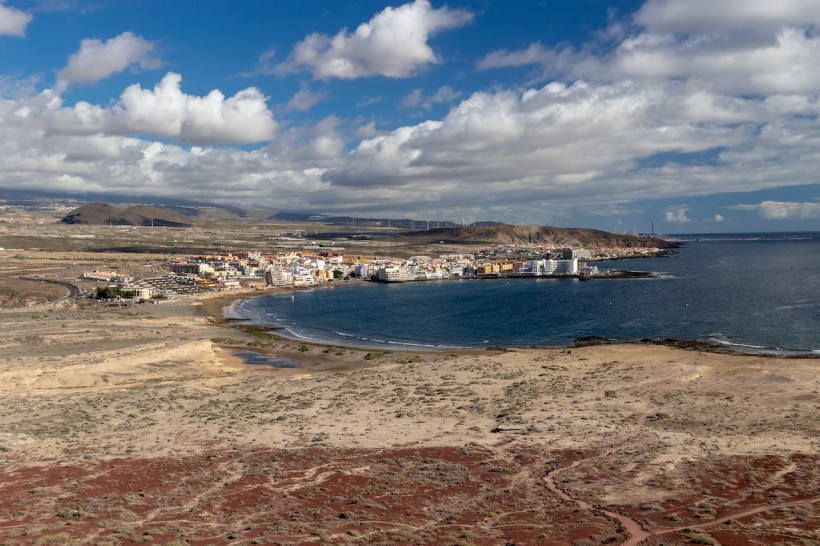
We are now seeing the beginning of El Niño. This crucial climate event was officially confirmed to have begun on Tuesday, July 4, by the United Nations' weather agency, which also issued a warning that its return might lead to an increase in global temperatures and harsh weather.
Early Warning and Wake-up Call
In a report by CNBC, the UN's World Meteorological Organization (WMO) said there is a 90% chance that El Niño will last into the second part of the year and will be "at least moderate strength."
Petteri Taalas, secretary general of the WMO, stated, "The onset of El Niño will greatly increase the likelihood of breaking temperature records and triggering more extreme heat in many parts of the world and in the ocean."
WMO's announcement of an El Niño serves as a call to action for governments everywhere to begin making plans to mitigate the phenomenon's negative effects on people's health, ecosystems, and economies.
It is said that saving lives and preventing economic devastation from the catastrophic weather events linked with this phenomenon requires preparedness and proactive measures.
This new information comes after a study from National Oceanic and Atmospheric Administration (NOAA) in early June indicated that El Niño conditions were persisting and would likely intensify into the winter in the Northern Hemisphere.
There is a 66% likelihood that the annual average near-surface global temperature between 2023 and 2027 would momentarily exceed 1.5 degrees Celsius over pre-industrial levels for at least one year. This is based on WMO's assessment headed by the UK's Met Office in May.
Chris Hewitt, head of climate services at the WMO, informed the public that the world would not rise by more than 1.5 degrees Celsius in the next five years. Nevertheless, it is yet another wake-up call.
Also Read: Himalayan Glaciers Melting at Record Rates Raise Concerns: 'It Is Going to Affect Us'
The Emergence of El Niño
In a blog post by NOAA, the trade winds diminish during an El Niño event. The warm water flows eastward, back toward the western coast of the Americas.
In the 1600s, South American fishermen were the first to observe that the Pacific Ocean had episodes of extremely warm water. The climax of El Niño usually occurs in December.
El Niño also has a significant impact on marine life in the Pacific Ocean. Under normal circumstances, water from the depths rises to the surface by upwelling, bringing cold and nutrient-rich water.
However, during an El Niño, upwelling is reduced or halted entirely. Less phytoplankton may be seen in coastal waters when deep-sea nutrients are not available. Everything that consumes fish will be impacted since those fish will no longer have access to phytoplankton -- microscopic marine algae that many aquatic animals rely on for nutrition.
Warmer waters may also attract tropical fish, such as yellowtail and albacore tuna, to regions where they would not ordinarily survive the winter.
Also Read: Effects of Offshore Wind Farms on Military Activities Draws Criticism








